When it comes to building strong, toned arms, the triceps are often underestimated. However, they make up nearly two-thirds of your upper arm's muscle mass. If your goal is sculpted, functional arms, training your triceps is essential. And here's the good news: resistance bands can help you achieve just that—without needing bulky gym equipment.
This guide is designed to be accessible and easy to follow for all readers. You'll learn the best tricep exercises with resistance bands, how to perform them correctly, and how to structure your workouts for maximum results.
Why Train Your Triceps with Resistance Bands?
Training your triceps with resistance bands offers several advantages:
- Variable resistance: The more you stretch the band, the more resistance it provides. This gives your triceps an intense contraction at the end of each rep.
- Joint-friendly: Bands reduce stress on joints, making them ideal for people with elbow or shoulder sensitivity.
- Portable and lightweight: Resistance bands are easy to carry and use anywhere—from home to the office or on vacation.
- Constant tension: Bands keep your muscles engaged throughout the entire range of motion.
Equipment You'll Need
To follow the exercises in this guide, you will need:
- One or more resistance bands (preferably with varying resistance levels)
- An anchor point such as a door anchor, sturdy furniture, or pull-up bar
- Optional: A mat for lying or kneeling exercises, and gloves for better grip
Safety Tips for All Users
- Always check your resistance band for damage or wear before each session.
- Secure your anchor point properly to prevent snapping.
- Warm up your shoulders, elbows, and wrists before beginning triceps work.
- Keep your movements slow and controlled, especially during the lowering phase of each exercise.
Tricep Exercises Using Resistance Bands
Each of the following exercises is structured with clear step-by-step instructions and form cues for accessibility.
Resistance Band Tricep Pushdowns
Targeted muscles: Lateral and long heads of the triceps.
How to perform:
- Anchor the band above you—such as over a door or pull-up bar.
- Stand facing the anchor and hold one end of the band in each hand.
- Bend your elbows so your forearms are parallel to the ground.
- Without moving your upper arms, extend your forearms downward until your arms are straight.
- Pause briefly, then return to the starting position.
Form tips:
- Keep your elbows tucked at your sides.
- Avoid using your shoulders or torso to push.
Overhead Tricep Extensions
Targeted muscles: Long head of the triceps.
How to perform:
- Stand on the middle of the resistance band or anchor it behind you.
- Hold the ends of the band with both hands overhead.
- Bend your elbows to lower your hands behind your head.
- Extend your arms upward, squeezing your triceps at the top.
- Slowly lower and repeat.
Variation: You can also perform this movement with one arm at a time for greater isolation.
Resistance Band Kickbacks
Targeted muscles: Lateral head and overall triceps.
How to perform:
- Step one foot forward and place the band under your front foot.
- Bend slightly forward at the waist and hold the band with one hand.
- Bend your elbow at a 90-degree angle, upper arm parallel to the floor.
- Extend your arm straight back while keeping the upper arm still.
- Pause, then return slowly.
Form tips:
- Do not swing your torso.
- Squeeze the tricep at full extension for maximum effect.
Lying Resistance Band Skull Crushers
Targeted muscles: All three heads of the triceps.
How to perform:
- Lie on your back on a mat and anchor the band under your back or bench.
- Hold the band with both hands directly above your chest.
- Bend your elbows to lower your hands toward your forehead.
- Extend your arms back to the starting position.
Important: Keep your upper arms vertical and only move your forearms.
Close-Grip Resistance Band Press
Targeted muscles: Medial and lateral heads.
How to perform:
- Anchor the band behind you or step on it.
- Hold both ends close together at chest height.
- Push your hands forward until your arms are straight.
- Slowly return to the starting position.
Why it works: This exercise mimics a close-grip bench press, focusing more on the triceps than chest.
Tricep Dips with Resistance Bands
Variation A: Band-Assisted Dips
- Loop the band around a pull-up bar and place your knees inside the band.
- Use parallel bars or the edge of a bench to dip.
- Lower yourself slowly, then press back up.
Variation B: Band-Resisted Dips
- Drape the band over your shoulders and hold the ends under your hands as you dip on parallel bars.
- The band increases resistance as you press upward.
Form cues:
- Keep elbows tucked in.
- Avoid dropping too low to protect the shoulders.
Sample Tricep Workouts with Resistance Bands
Here are full workout suggestions for various experience levels.
Beginner Workout
- Tricep Pushdowns: 3 sets of 12 reps
- Overhead Extensions: 2 sets of 10 reps
- Kickbacks: 2 sets of 12 reps
Intermediate Workout
- Skull Crushers: 3 sets of 10 reps
- Close-Grip Band Press: 3 sets of 12 reps
- Assisted Tricep Dips: 3 sets of 8 to 10 reps
Advanced Workout
- Single-Arm Overhead Extensions: 4 sets of 10 reps per arm
- Kickbacks with Hold: 3 sets of 15 reps with 2-second pause at the top
- Band-Resisted Dips: 3 sets of 10 to 12 reps
- Drop Set Pushdowns: 2 sets, lowering resistance each round
Rest Recommendations
- For toning: Rest 30 to 60 seconds between sets.
- For strength: Rest 90 to 120 seconds between sets.
Progression and Modification Tips
- Increase resistance: Move to thicker bands as you get stronger.
- Slow down: Try 3-second lowering phases to boost muscle activation.
- Add time under tension: Pause at peak contraction for 2 to 3 seconds.
- Combine methods: Pair bands with free weights or bodyweight moves for variety.
Common Mistakes to Avoid
- Letting elbows flare out: Keep them close to your sides or pointed forward.
- Rushing through reps: Perform each movement slowly and under control.
- Losing tension: Ensure the band remains taut during the entire rep.
- Poor posture: Engage your core and avoid arching your back.
Cool Down and Stretch
Finish your workout with light stretching to reduce soreness and improve mobility:
- Triceps stretch: Bring one arm overhead, bend the elbow, and gently pull with the opposite hand.
- Shoulder rolls: Perform slow rolls forward and backward.
- Chest opener: Clasp hands behind your back and lift to stretch the chest and shoulders.
Hold each stretch for 20 to 30 seconds and breathe deeply.
Conclusion
Training your triceps with resistance bands is an incredibly effective and accessible way to build upper body strength. Whether you're a beginner or an advanced lifter, these exercises offer a safe, joint-friendly way to build size and definition.
With consistent effort, proper form, and gradual progression, your triceps will become stronger and more defined—no gym required. Plus, the portability and flexibility of bands make this method ideal for almost any setting or fitness level.
So, grab your resistance band, pick a few of these exercises, and start sculpting those arms—your triceps will thank you.
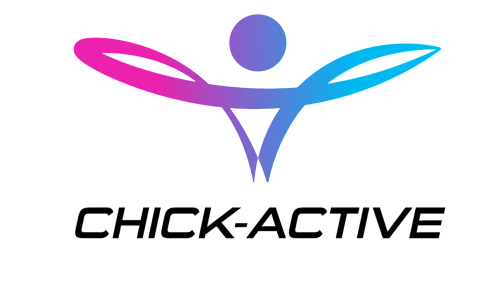
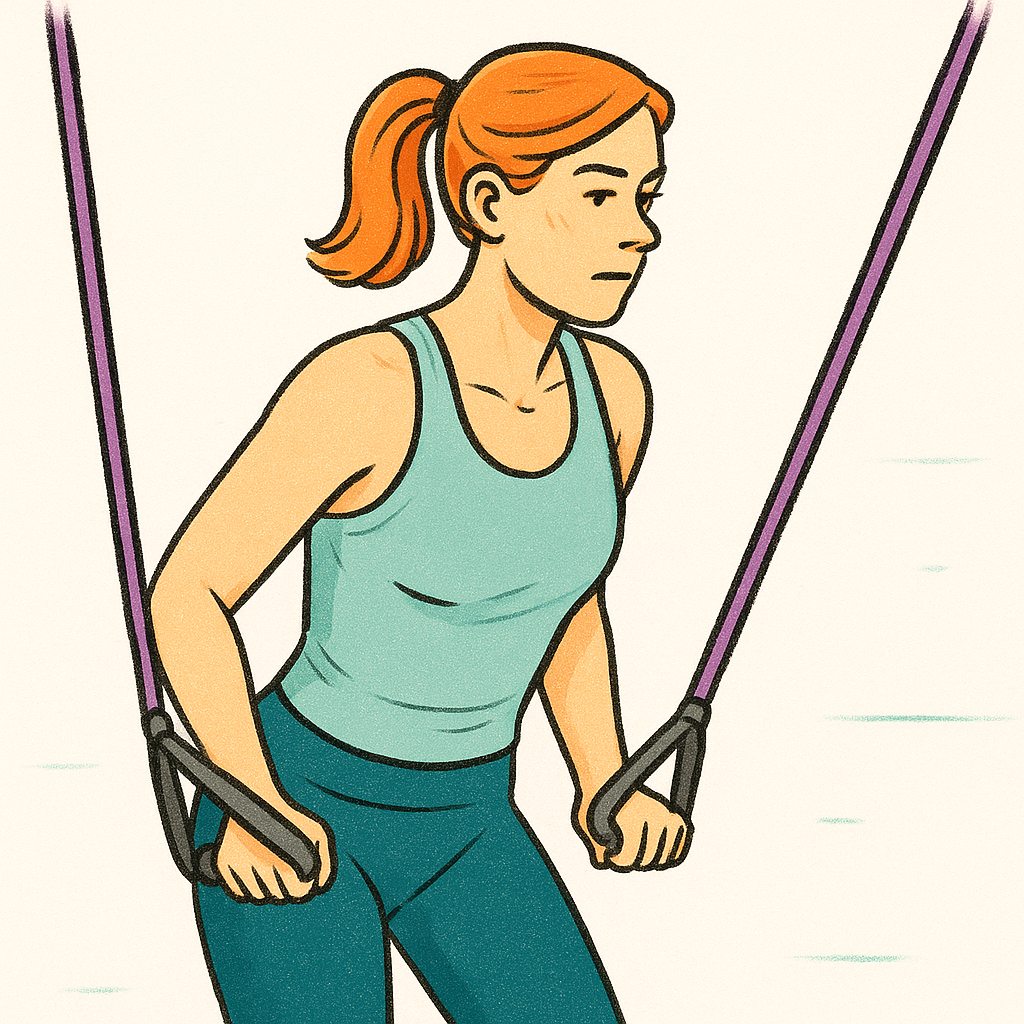
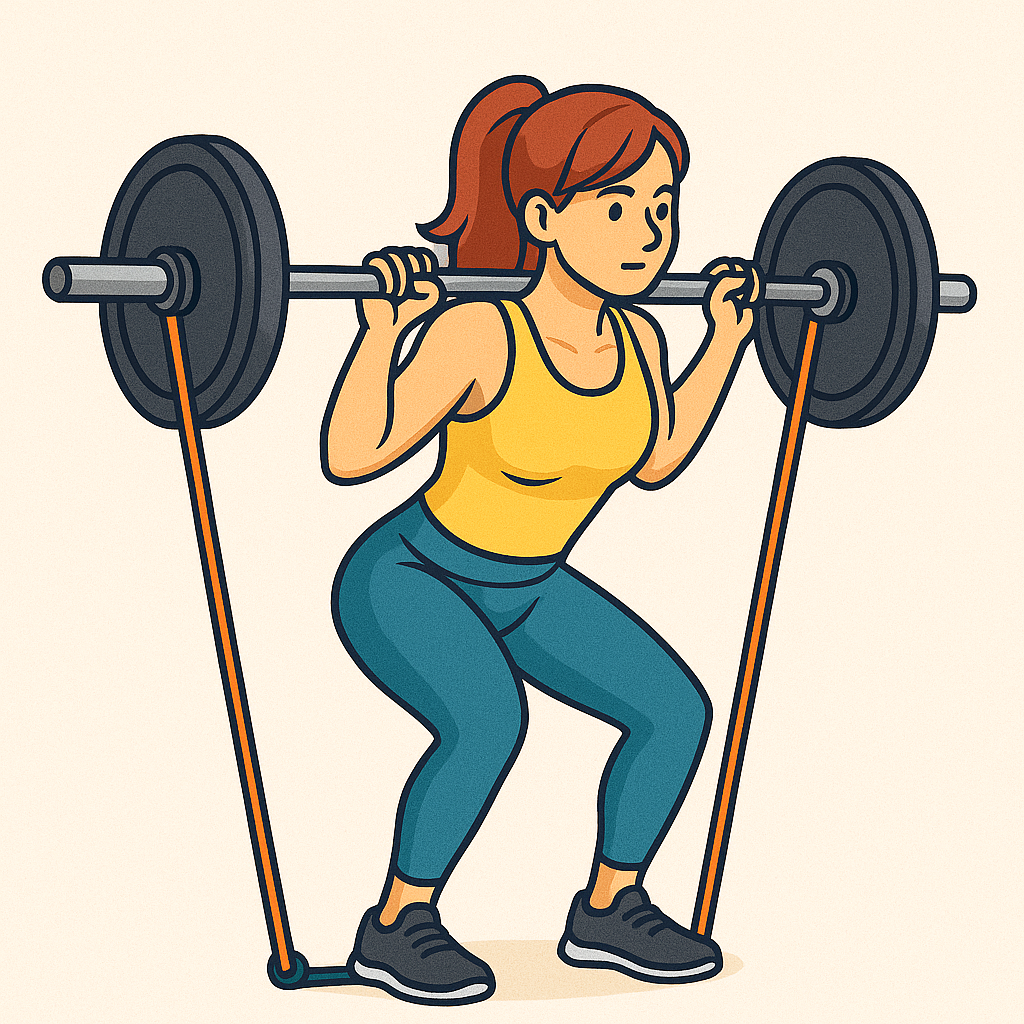

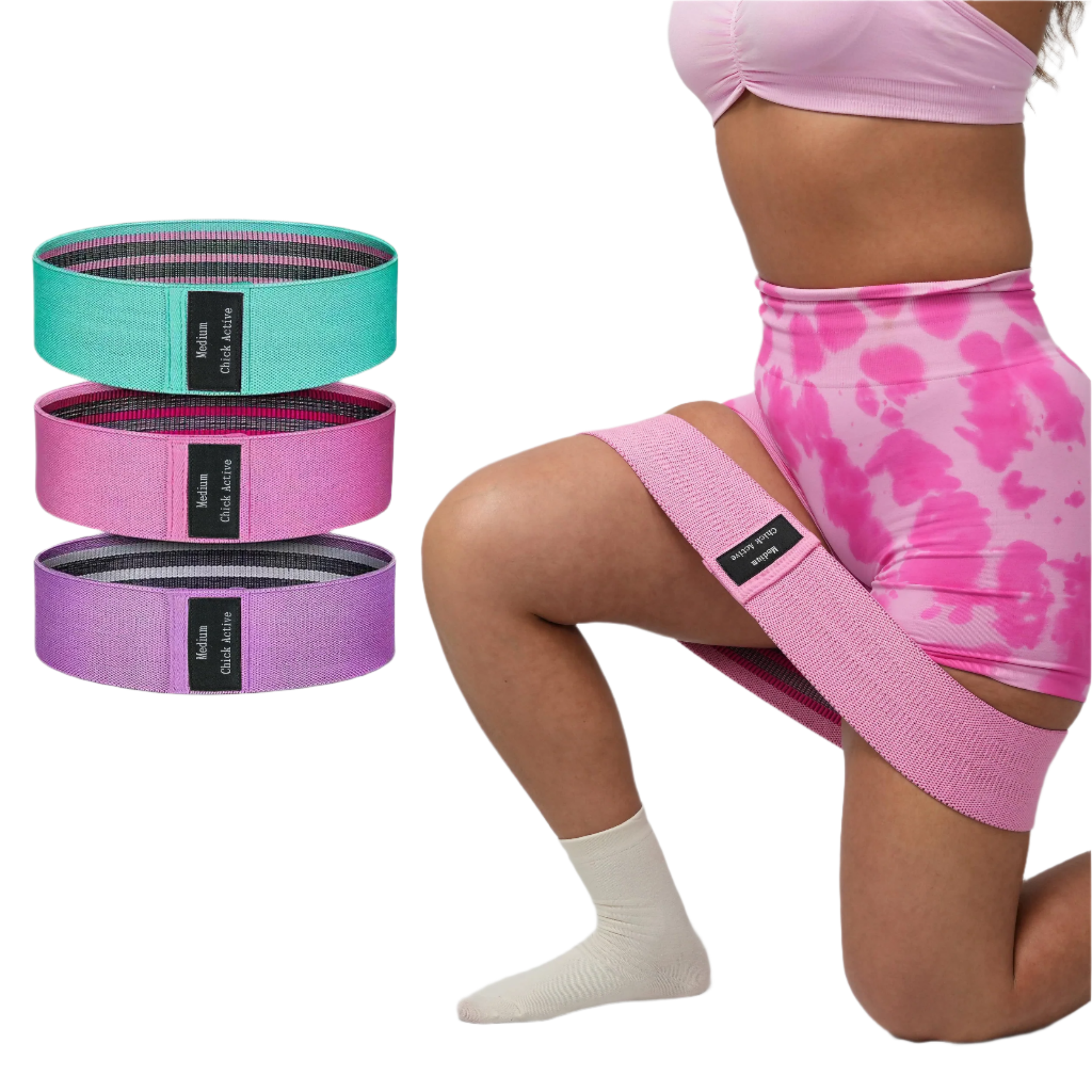
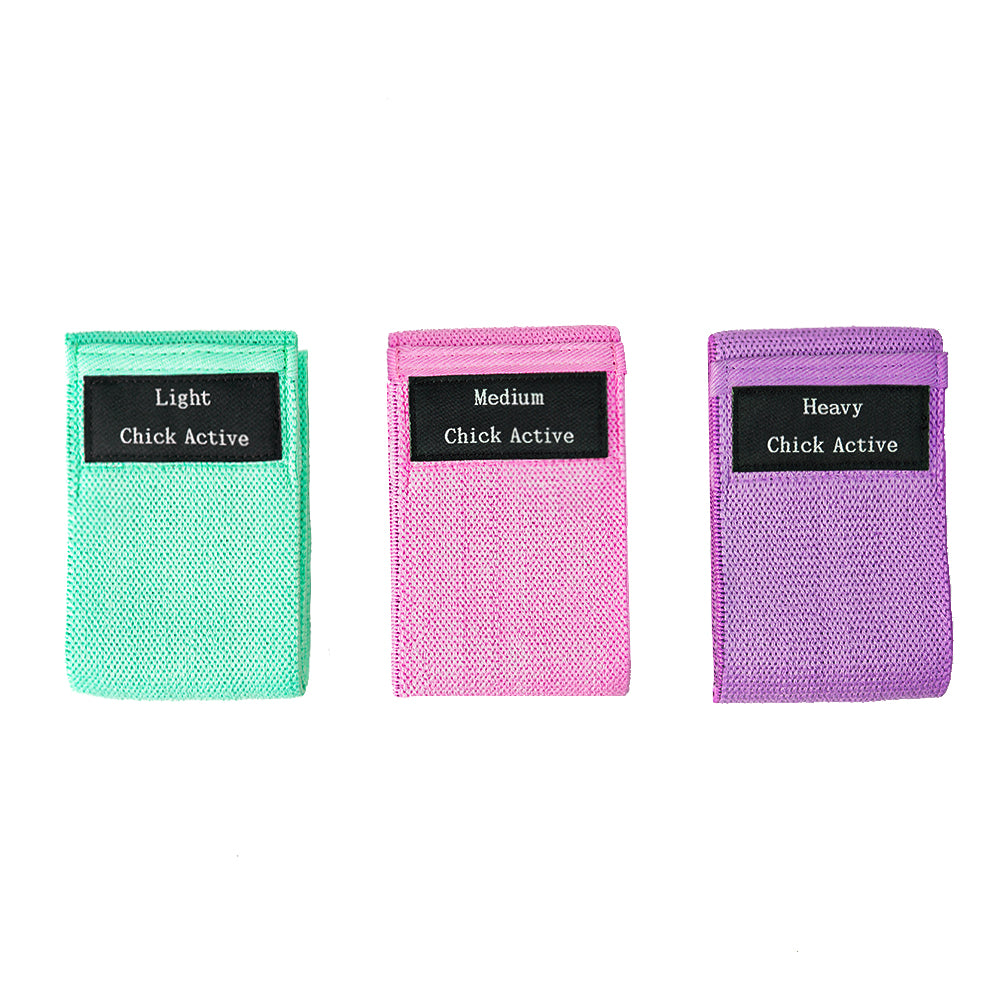
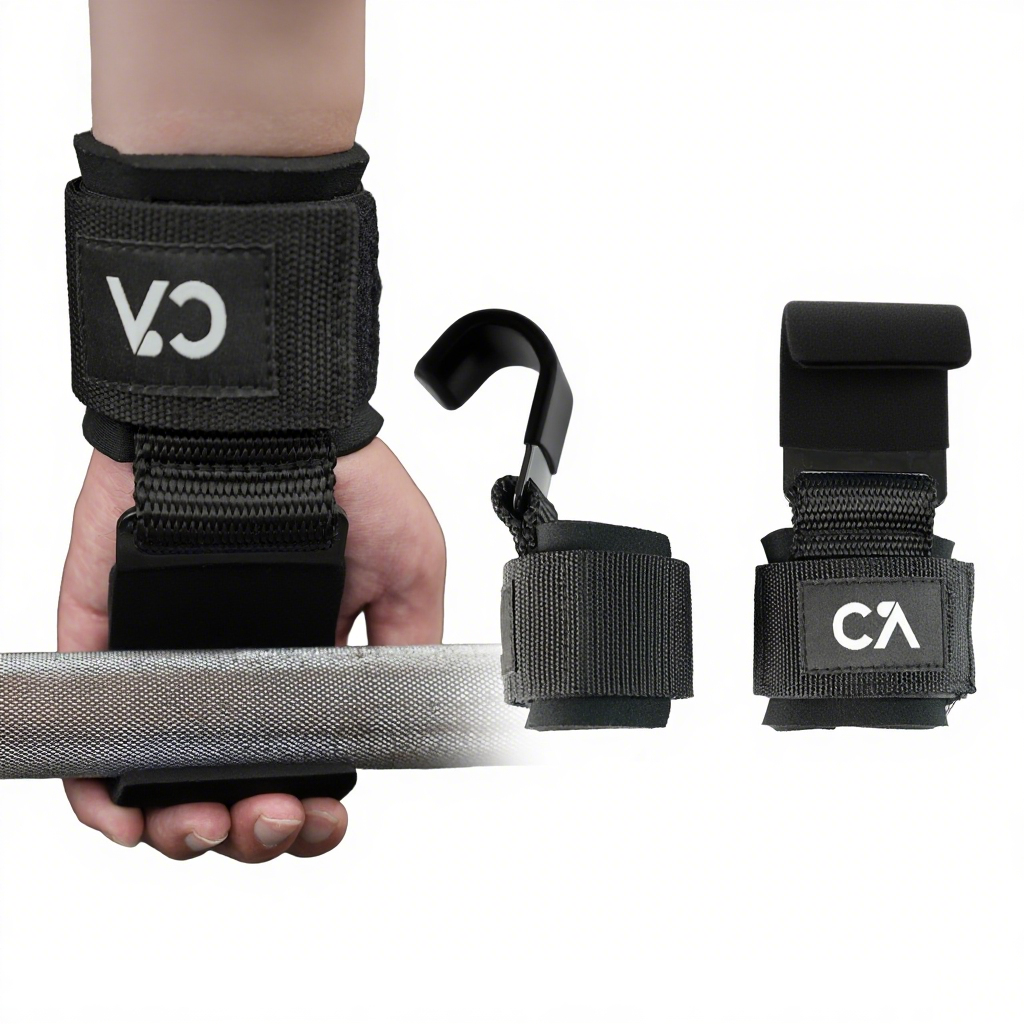
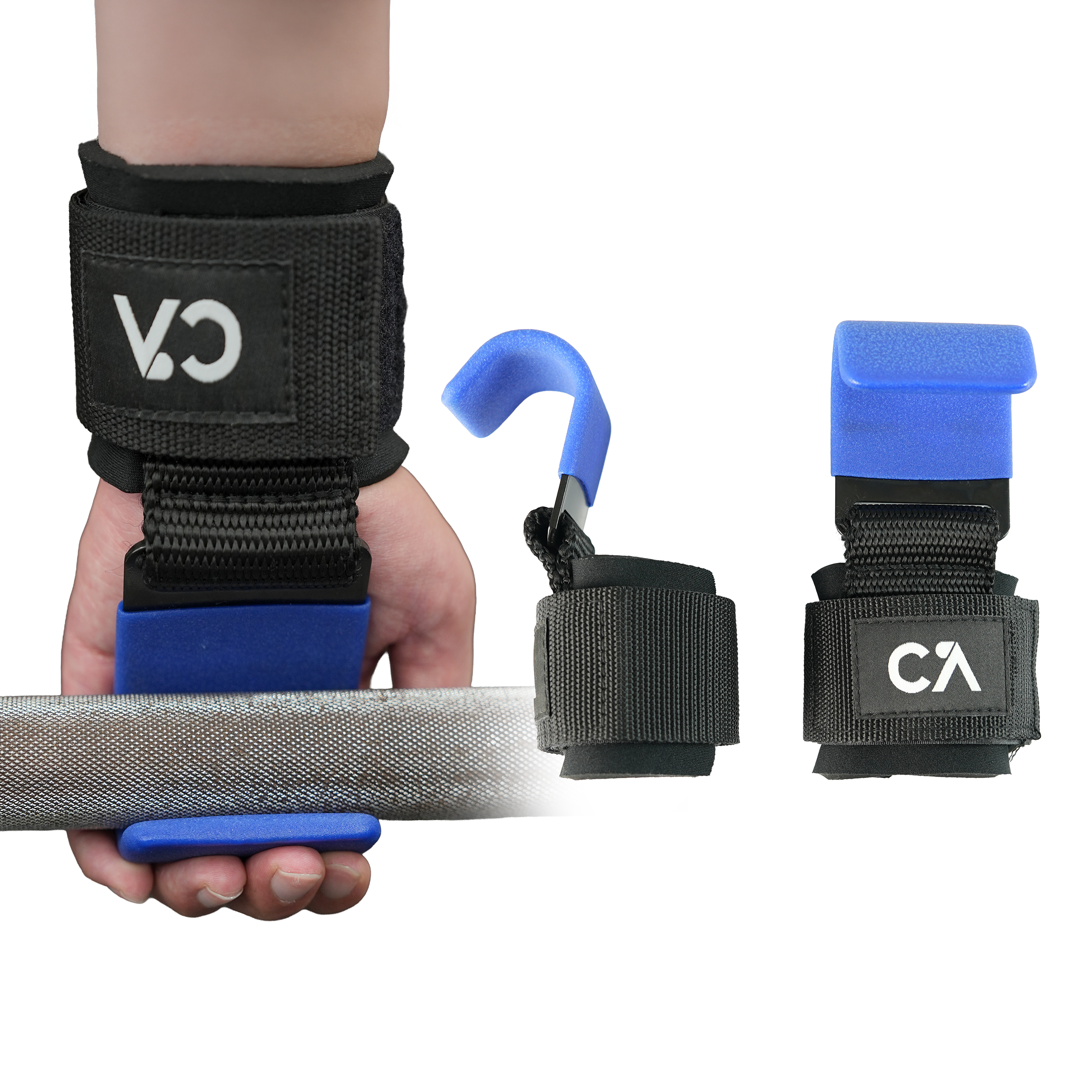
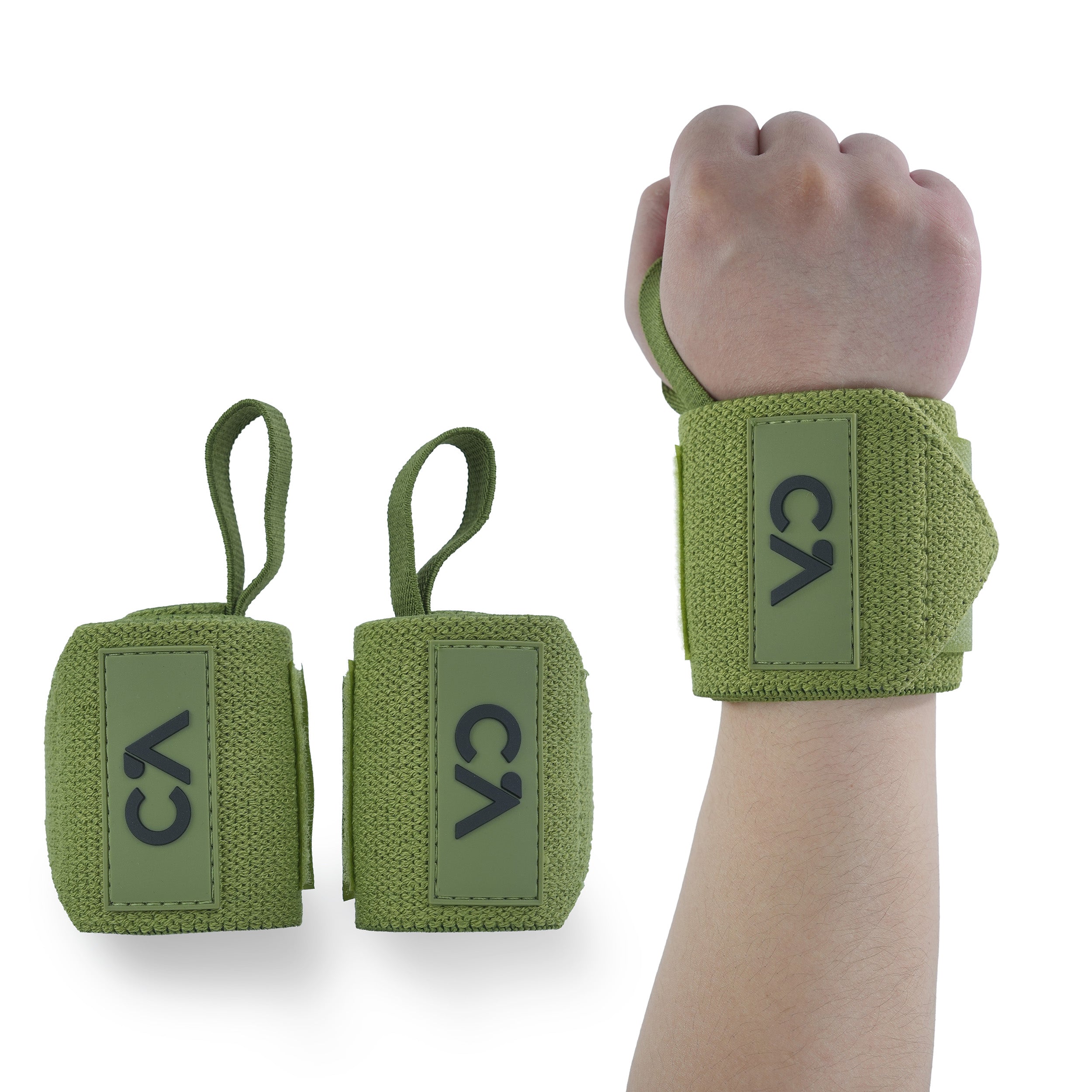
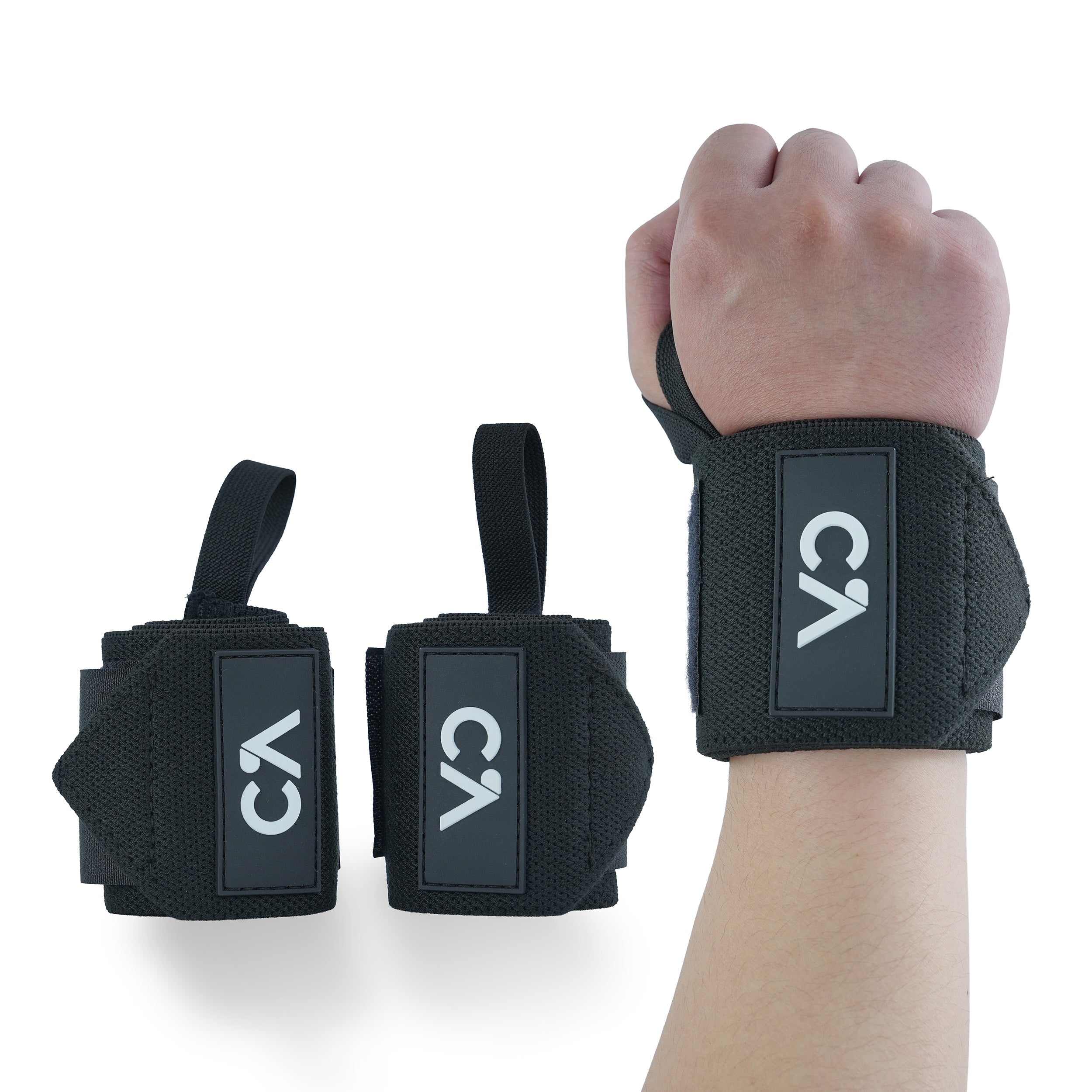
Leave a comment
All comments are moderated before being published.
This site is protected by hCaptcha and the hCaptcha Privacy Policy and Terms of Service apply.